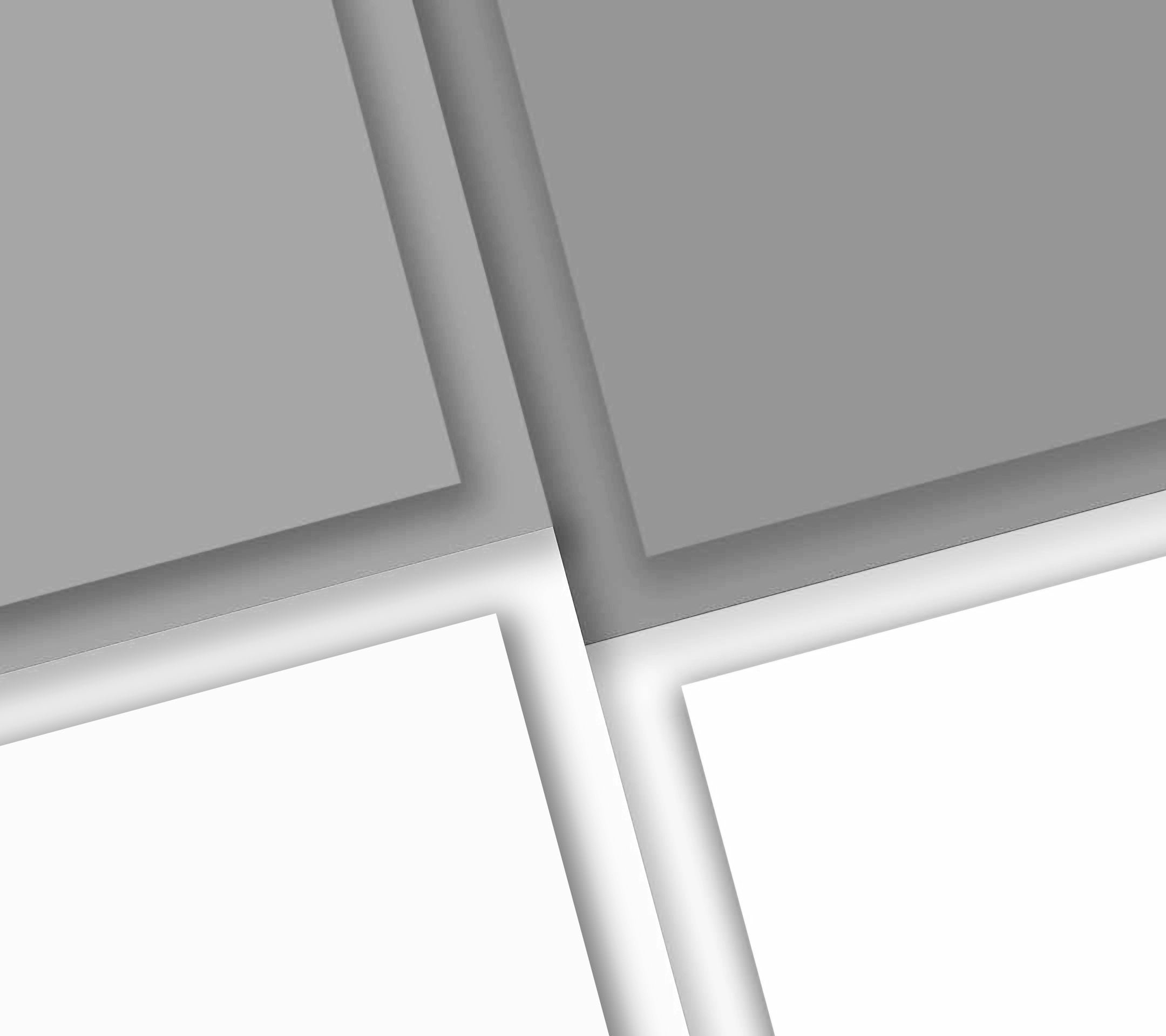
Consultancy
making the right choice
The successful delivery of a project is reliant on making the right decisions at the outset.
We begin the process by understanding the core objectives of the application and what the system is required to achieve, the project payback criteria, and which elements of the project are most important to you, the customer. Once we have established and agreed these criteria, we can then begin to consider the various options available and the correct approach for the project.
Attaining the highest quality image of the object(s) to be inspected is vital to success. This requires a detailed evaluation of the lighting techniques which will illuminate all of the relevant features, whilst ensuring spurious information from any surrounding or irrelevant features -”noise”- is reduced or indeed eliminated.
Furthermore, the camera sensor and optics chosen must complement each other and meet the needs of the application. Considering resolution as an example, this decision is complex and reliant on many different factors.
Calculating the required resolution must start by identifying the smallest features which are to be inspected. Regardless of whether the inspection task is part presence, character verification, gauging or another, the resolution requirements must be clearly identified and understood.
It is also important to take care when specifying more resolution than may be necessary for the task at hand. Higher resolution cameras are more expensive, and the additional data generated from the device will take longer to process, potentially slowing down the entire process unnecessarily. It is also important to understand that additional pixels on the sensor are of no use unless the lens is of sufficient quality to deliver information to each of those pixels. Sensor size, motion blur, and depth of field should all be considered to ensure the best choice is made.
These are just a few of the considerations that need to be taken into account at the outset of a project. Making the correct decisions at this stage can be key to ensuring the outcome you desire.
Oculus Vision will significantly reduce your project risk by offering advice on best practice, identifying, and measuring risk, validating the business case, performing feasibility studies, drafting specification documentation and prototyping.


